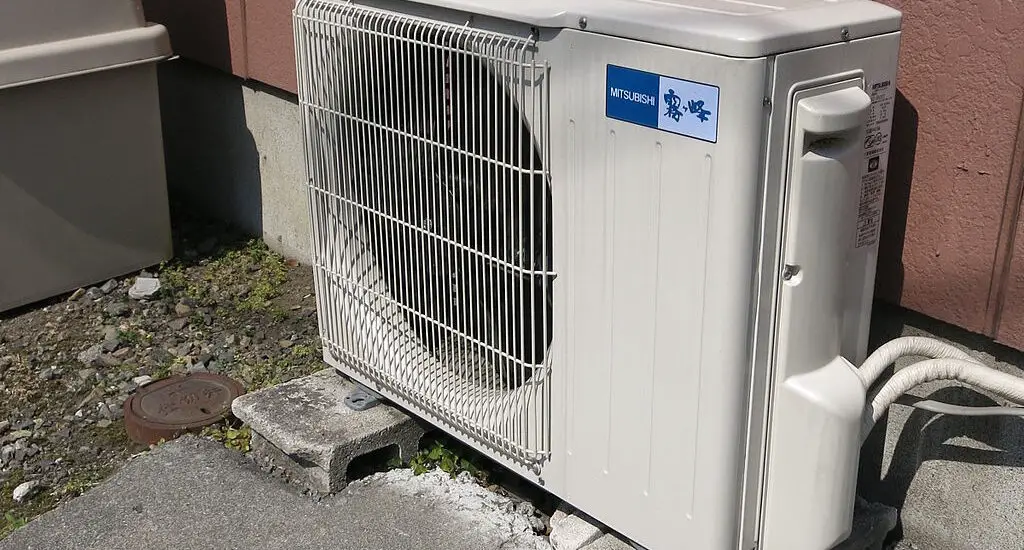In this article, we’ll guide you on how to know if A/C needs Freon in easy-to-follow steps.

Table of Contents
Signs Your A/C May Need Freon
Being able to identify the signs that your A/C system may be low on Freon is essential. Here are the key indicators to watch for:
Warm Air from Vents: Check the air temperature coming from your vents. If the air feels warm or not as cool as it should be, this is a significant sign that your A/C might be low on Freon. The refrigerant, Freon, is responsible for cooling the air in your system, so insufficient levels will lead to a decrease in cooling efficiency.
Frost or Ice on Evaporator Coils: Inspect the evaporator coils, which are usually located inside the indoor air handling unit. If you notice frost or ice buildup on these coils, it could mean that the Freon levels are low. Low Freon can cause the coils to get too cold, leading to condensation freezing on the surface.
Hissing or Bubbling Noises: Listen for unusual sounds such as hissing or bubbling coming from the A/C unit. These sounds can indicate a Freon leak in the system. A hissing noise might be due to a small leak while bubbling often points to a larger issue.
Steps on How to Know if A/C Needs Freon
The steps below will guide you on how to know if A/C needs freon.
Step 1: Check the Airflow
Ensure your A/C is circulating air properly. Turn on your system and hold your hand in front of the vents to feel the airflow. If the air is not cool or if there is very little air coming out, this can indicate a low Freon level.
Low airflow can also stem from other issues like dirty air filters or blocked ducts. Therefore, check these components as well.
Step 2: Examine the Thermostat
Confirm that your thermostat is set correctly. The thermostat should be on ‘cool’ mode and set to a temperature lower than the room’s current temperature. If the A/C doesn’t turn on or fails to cool the room to the set temperature, this can indicate a Freon issue.
However, it’s also important to rule out any thermostat malfunctions. To do this, ensure that it’s working correctly and batteries (if any) are not dead.
Step 3: Look for Ice on Evaporator Coils
Inspect the evaporator coils for ice or frost buildup. To do this, you might need to remove an access panel on your indoor A/C unit. Be sure to turn off the system before doing this.
If there’s ice on the coils, it indicates that the system is not absorbing heat properly. This might be due to low Freon levels.
Step 4: Listen for Unusual Noises
Pay close attention to any strange noises coming from the A/C unit, particularly hissing or bubbling sounds. These noises can signify a leak in the refrigerant lines. Hissing can indicate a small pinhole leak, whereas bubbling might suggest a larger rupture.
It’s essential to address these leaks quickly, as it will affect your A/C’s performance. Furthermore, it can lead to more significant issues over time.
Step 5: Use a Freon Leak Detector
If you suspect a leak but cannot visibly detect it, a Freon leak detector can be a valuable tool. These devices are designed to detect the presence of refrigerant gases and can help pinpoint the exact location of a leak.
When using the detector, carefully follow the manufacturer’s instructions. Move the detector along the refrigerant lines and near the A/C unit to locate any potential leaks.
Check out this Elitech WJL-6000S Freon Leak Detector available at Walmart.
Professional Assessment and Refill
If you’ve identified signs that your A/C may need Freon, it’s advisable to contact a certified HVAC technician. Handling Freon requires specialized training and equipment. In many places, it’s illegal to handle refrigerants without certification. A professional can safely assess your system, repair any leaks, and refill the Freon to the appropriate level.